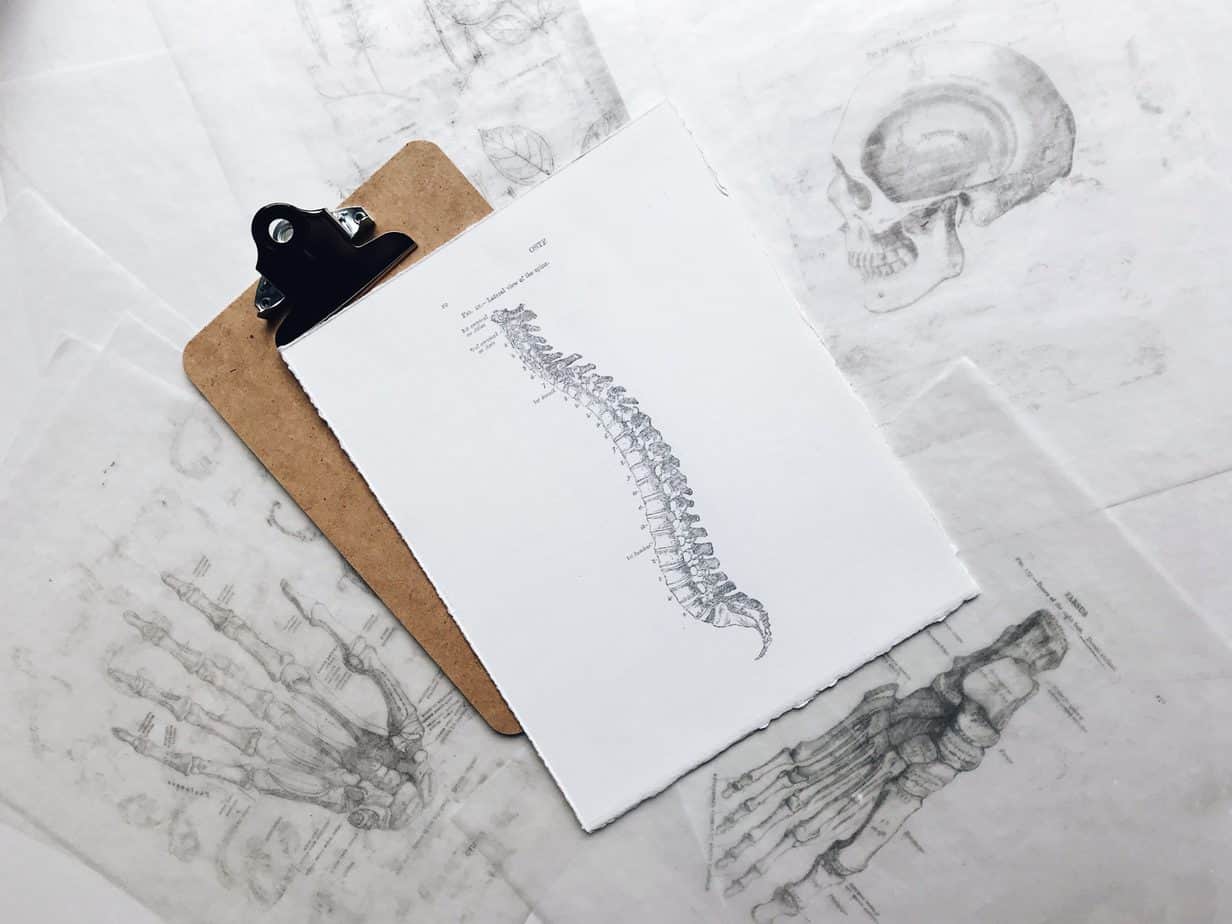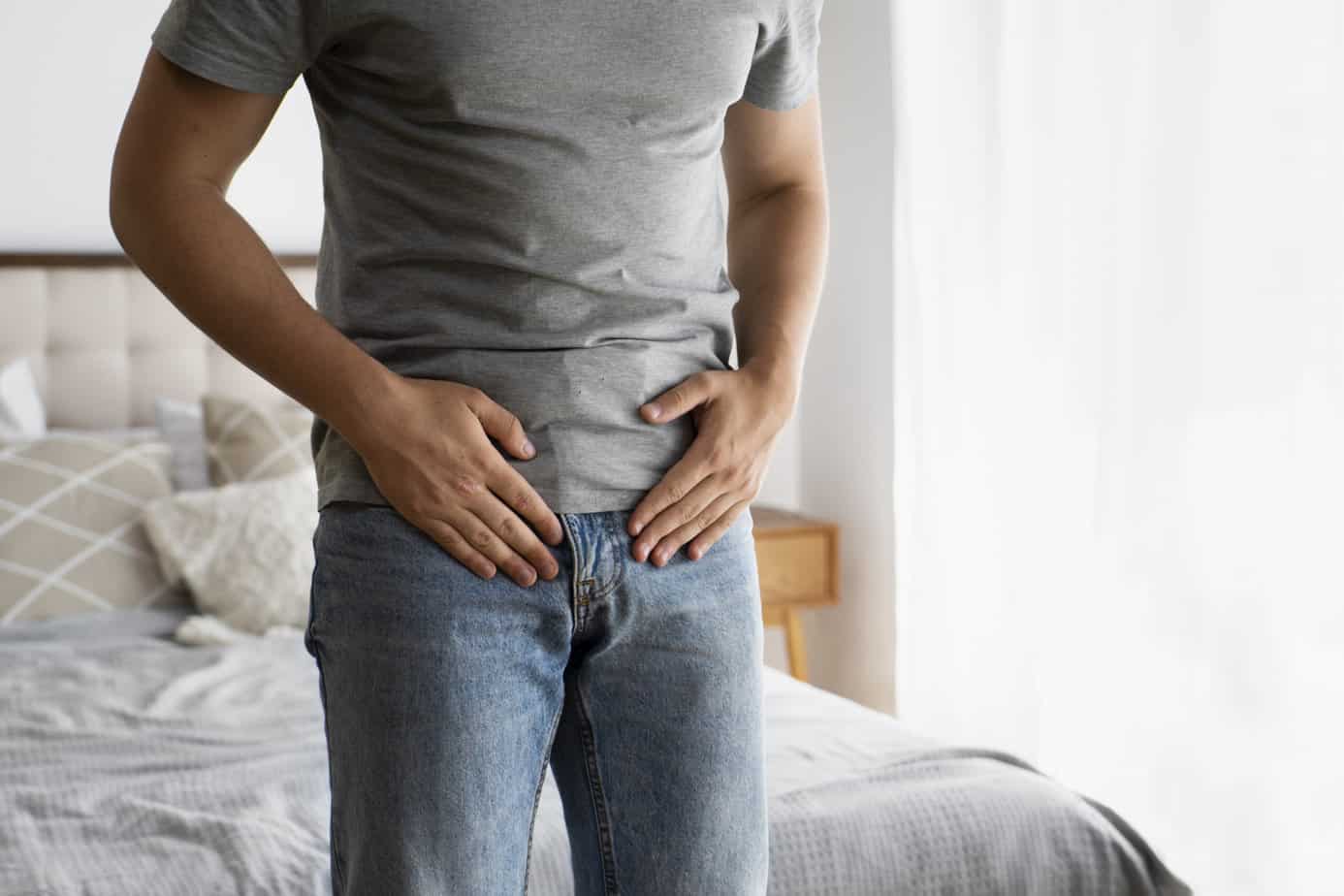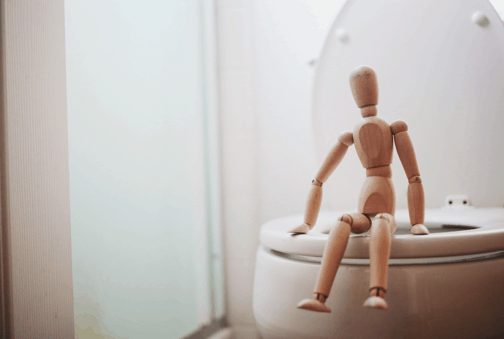My Aching Back!

According to the World Health Organization (WHO) low back pain has the highest prevalence globally among musculoskeletal conditions and is the leading cause of disability worldwide. An estimated 619 million people live with low back pain. Low back pain can affect people at any age, though it is most common in people aged 50-55 years old.
Risk factors for developing back pain include:
- Inactive lifestyle- weakness in the core and back muscles
- Poor posture
- Strenuous exercise
- Job-related: desk job versus heavy lifting, pushing, twisting motions
- Genetics
- Weight gain putting stress on the back
Causes of Low Back Pain
Mechanical/Structural Causes
- Sprain: an injury to the ligaments that support the spine, usually from twisting or lifting improperly
- Strain: an injury to a muscle or tendon
- Degenerative disc disease: discs between the vertebrae of the spine wear down due to aging, usually associated with arthritis or spinal stenosis
- Herniated or ruptured discs: compression of disc causing irritation of nearby nerves
- Spondylolisthesis: a vertebra in the spine slips out of place or gradually moves out of alignment
- Spinal stenosis: a narrowing of the spinal canal putting pressure on the spinal cord and nerves
- Spinal fracture
- Scoliosis or other congenital changes to the spine
- Myofascial pain: tightness and pain of the muscles supporting the spine due to damage to the muscles or a result of the nerve input to the muscles coming from the spine
Inflammatory Causes
- Ankylosing spondylitis: inflammation of the joints and ligaments of the spine, causing stiffness
- Can also affect the knees, ankles, and hips
- In severe cases, the vertebrae can fuse together
- Other types of inflammatory arthritis of the spine
Other Medical Causes
- Osteoporosis: a condition in which the bones become brittle, can lead to painful fractures of the vertebrae.
- Fibromyalgia, a condition of widespread muscle pain and fatigue
- Kidney stones or infections
- Endometriosis, which is the buildup of uterine tissue in places outside the uterus
- Infections that involve the vertebrae or the discs between the vertebrae, which can cause back pain
- Tumors, in rare cases, that develop on the spine or other areas of the back
- Pregnancy
Importance of Good Posture
Good posture helps to hold the spine and joints in proper alignment. Proper posture requires good flexibility and strong back and core muscles. This will help to reduce the strain on muscles and ligaments to prevent injury.







